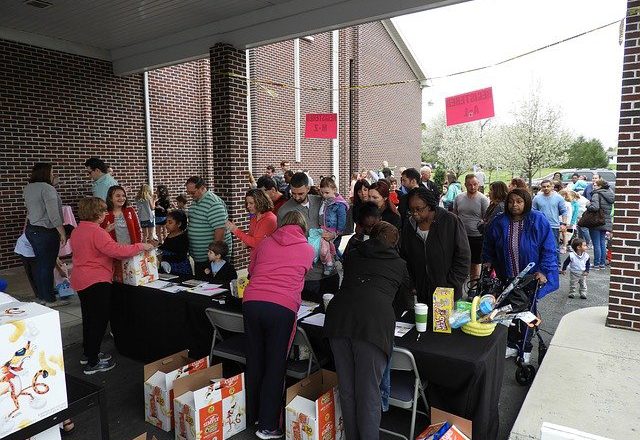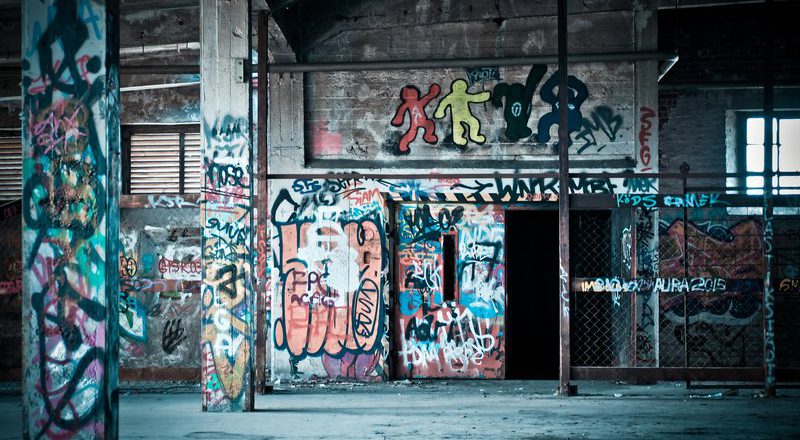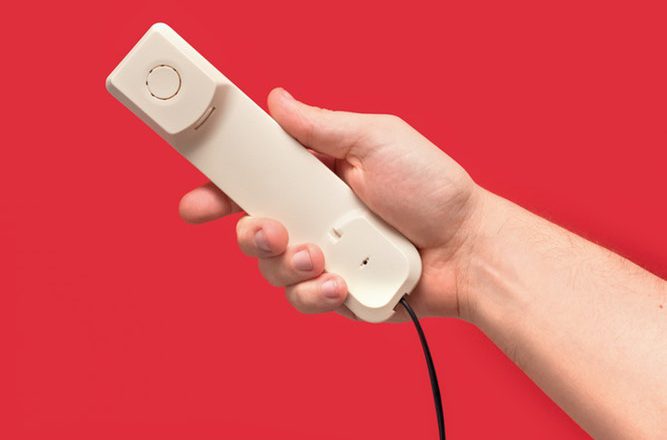The Do’s Of Planning And Creating Videos
YouTube started the revolution of video uploads online. People has gone crazy over this social media site and almost everyone has been uploading their own videos since. Today, it is one of the most prominent and most used by search engines. Its continuously growing influence in the purchase decisions of consumers is just one example of how video has become a more powerful tool for businesses now more than ever. However, merely creating and distributing a video about your business is simply not enough. Aside from other online and offline marketing strategies you can come up with, social media is still a powerful tool and capitalizing on video creation is one of the best tactics. If you're looking to invest in corporate video production, then you have to make sure that it will be useful to a...





